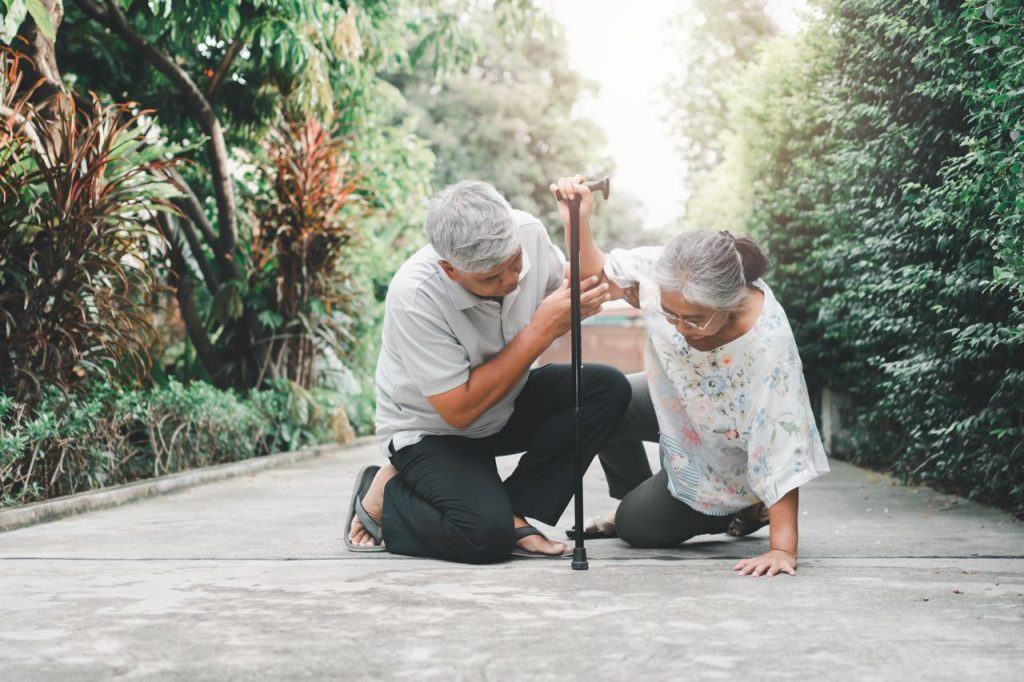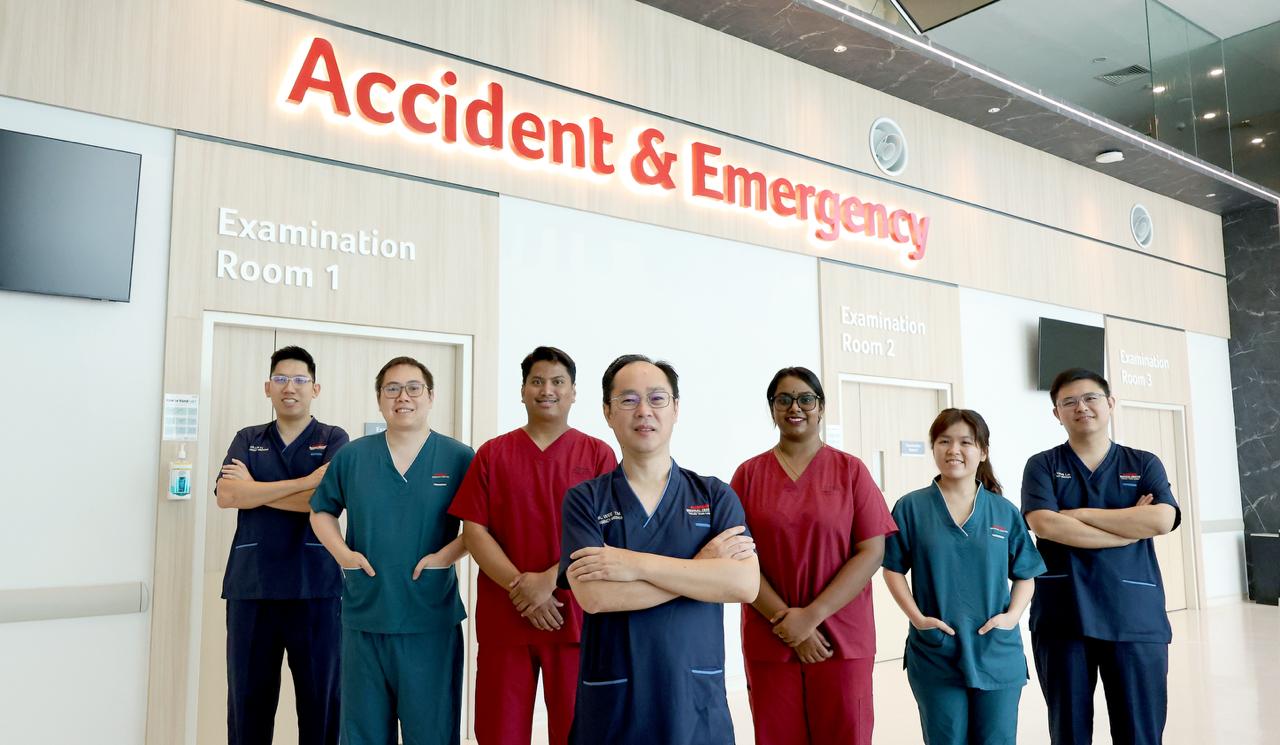Have you ever heard of someone being hospitalised after a fall? It may seem like a small incident, but for many, a single fall can change everything. According to the World Health Organisation, falls are the second leading cause of unintentional injury death, claiming an estimated 684,000 lives each year. Despite how common they are, falls are often underestimated, with many people only seeking medical attention when symptoms worsen.
Dr Cyrus Lai Sin Nan, Consultant Emergency Physician at Sunway Medical Centre Velocity (SMCV), explains that patients sometimes walk into the emergency department after a fall, talking and moving normally, only for scans to reveal serious internal injuries such as bleeding in the brain or abdomen. The absence of broken bones does not mean there are no problems, as certain injuries, especially in the head or abdomen, may not show immediate symptoms. A timely response can make all the difference.

While falls are often associated with the elderly, they affect people of all ages including children, working adults and athletes. According to Dr Cyrus, falls rarely happen due to a single factor but rather a combination of environmental, lifestyle and medical conditions. Many occur at home, particularly in bathrooms and staircases where surfaces are slippery or uneven. Sedentary lifestyles weaken muscle strength and balance, while underlying health issues such as poor vision, osteoporosis, or low blood pressure increase susceptibility. Certain medications that cause dizziness also heighten the risk, meaning that even a seemingly minor fall can have serious consequences.
Having access to a trauma-ready emergency department is crucial in managing the wide spectrum of injuries caused by falls. At SMCV, trauma cases are treated using a multidisciplinary approach, where physicians and surgeons from various specialties collaborate to ensure comprehensive care. This coordinated system ensures that injuries, even those not visible immediately, are identified and treated swiftly to prevent complications and improve recovery outcomes.
Even a minor head bump can cause internal bleeding in the brain, potentially leading to unconsciousness or long-term complications that affect physical, cognitive, and emotional functions. In severe cases, traumatic brain injuries may increase the risk of developing neurodegenerative diseases such as Alzheimer’s, Parkinson’s, and chronic traumatic encephalopathy. Among the elderly, falls can often result in hip fractures requiring surgical procedures like total hip replacement. Malaysia is projected to see hip fracture cases rise 3.5-fold by 2050, from around 6,000 to over 21,000 cases.
Dr Cyrus stresses that seeking immediate medical attention after a fall is critical. He cautions against relying on home remedies, explaining that while drinking something sweet or massaging bruised areas may offer temporary comfort, they do not treat underlying injuries and may even worsen swelling or bleeding. Instead, patients should rest, apply ice, and seek medical assessment if pain or swelling persists. Early assessment allows hidden injuries to be identified and stabilised before complications arise.
To address the growing need, SMCV has expanded and upgraded its Accident and Emergency Department and bed capacity to enhance accessibility and improve patient care. The expansion includes redesigned triage areas, additional treatment and observation bays, more inpatient beds, and faster on-site testing to ensure patients receive prompt and coordinated care. Dr Wee Tong Ming, Medical Director and Consultant Emergency Physician at SMCV, emphasises that accident and emergency care is often the first line of defence in saving lives, and every second counts in emergencies.
As Malaysia’s population ages and lifestyles become increasingly sedentary, the risk of falls will remain a significant public health concern. Early recognition, timely emergency care, and public awareness can prevent many of these incidents from leading to life-altering complications. With its expanded emergency facilities and multidisciplinary expertise, Sunway Medical Centre Velocity reaffirms its commitment to keeping the community safe by ensuring every patient receives swift, comprehensive, and compassionate care when it matters most.
Sunway Medical Centre Velocity is located at Lingkaran SV, Sunway Velocity. For enquiries, please contact +603 9772 9191 or email smcv-enquiry@sunway.com.my. More information can be found at www.sunmedvelocity.com.my or on Facebook at Sunway Medical Velocity.

